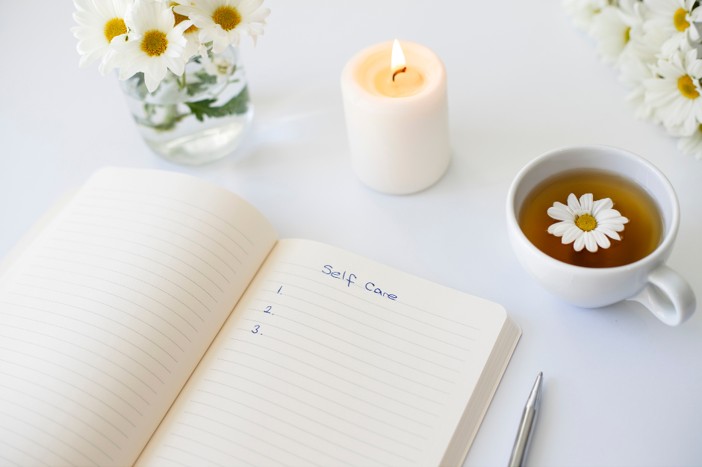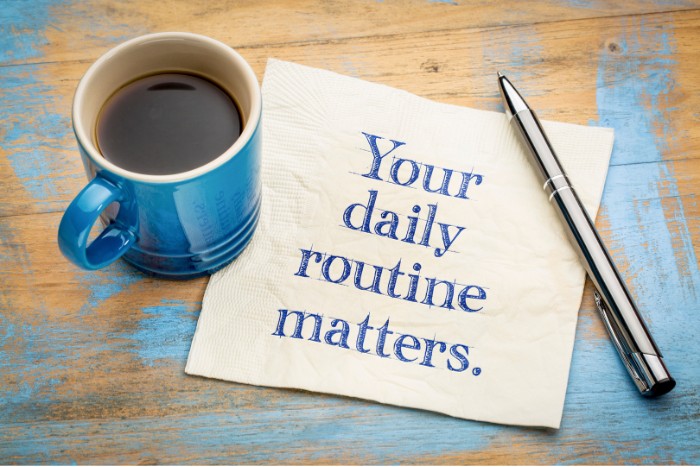
A gratitude practice involves regularly acknowledging and appreciating the positive aspects of your life, which can enhance mental wellbeing and give you a positive outlook on life.

Photo by Oleksandr P from Pexels on Canva
Integrating gratitude into daily life can create a ripple effect, enhancing your overall sense of wellbeing.
- Gratitude shifts your focus from worries to positive aspects, helping to alleviate feelings of overwhelm and reducing stress and anxiety.
- It triggers the release of dopamine and serotonin, those feel-good chemicals that promote happiness and contentment.
- Reflecting on positive experiences helps you cope better with challenges and bounce back from setbacks.
- Gratitude encourages mindfulness, allowing you to manage emotions more effectively.
- Focusing on the good fosters a positive outlook, improving how you perceive life’s up and downs.
- Expressing gratitude deepens connections and makes others feel valued, creating stronger bonds.
- Grateful thoughts can help you relax and fall asleep more easily.
- A grateful mindset fosters calmness, aligning you with your values and purpose.
Gratitude practices are flexible and can be tailored to fit your lifestyle!
- Write down 3 things you’re grateful for each day to encourage reflection and positivity.
- Express appreciation to someone who has positively impacted your life.
- Pause during the day to reflect on things you’re grateful for, whether it’s a sunny day or a kind gesture.
- Write moments of gratitude on slips of paper and place them in a jar. Revisit them to uplift your mood.
- Use sticky notes or a gratitude board in visible places to remind yourself of what you’re grateful for.
- Make gratitude part of a weekly routine, like sharing appreciation with loved ones every Sunday.
How to Make it Sustainable
- Keep it simple and realistic. Start with one minute of gratitude reflection daily.
- Tie it to an existing habit, like noting your gratitude during your morning coffee or before bed.
- Celebrate small wins and remember there’s no right or wrong way to practice gratitude.
- Place sticky notes, a gratitude jar, or a journal in a visible location to serve as a gentle reminder.
- Choose a method that feels natural to you. Journaling, meditation, or sharing gratitude with a friend to make it something you look forward to.
- Adapt your practice to fit your schedule. Skip a day if needed and pick it back up without guilt.
Integrating gratitude into your daily life can enhance your mental wellbeing, strengthen relationships, and create a lasting sense of calm and positivity. By focusing on the good, expressing appreciation, and starting simple, enjoyable practices, you can make gratitude a sustainable and transformative part of your lifestyle.
Remember, even small acts of gratitude can have a ripple effect on your overall sense of wellbeing.





Leave a Reply